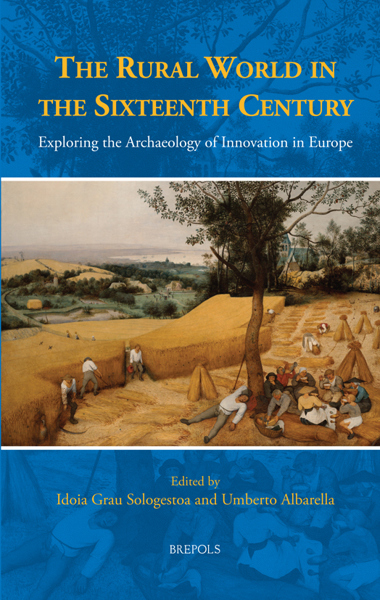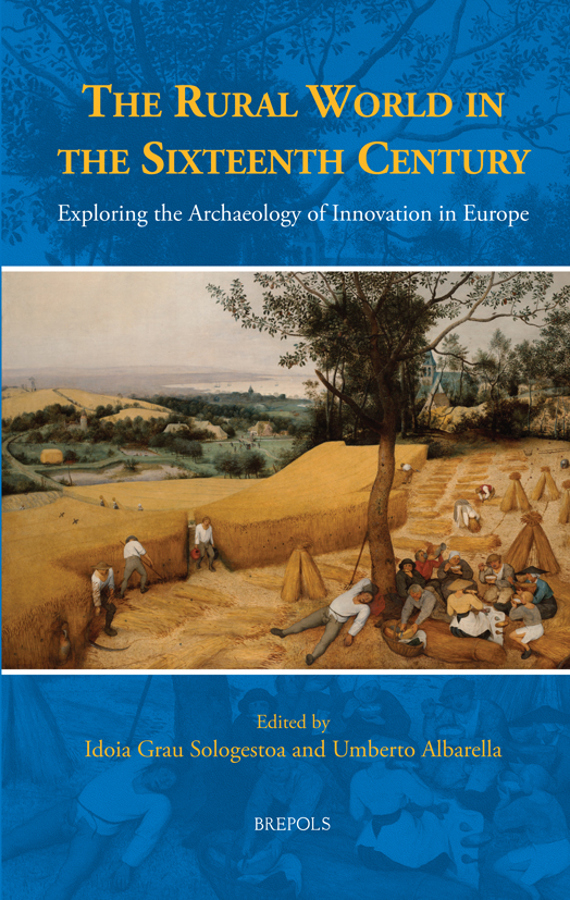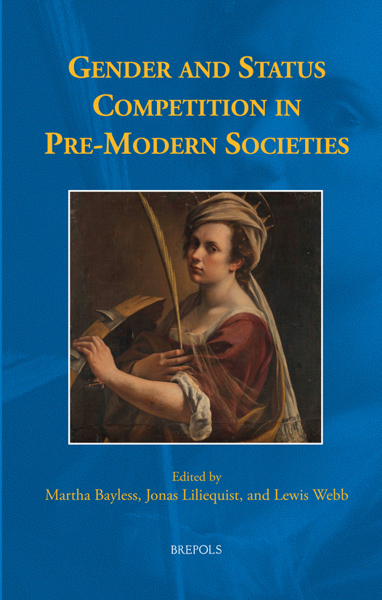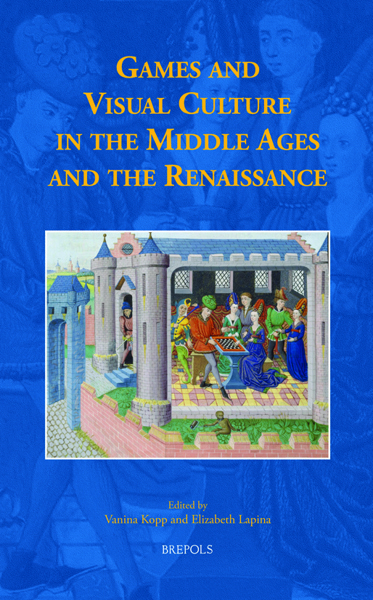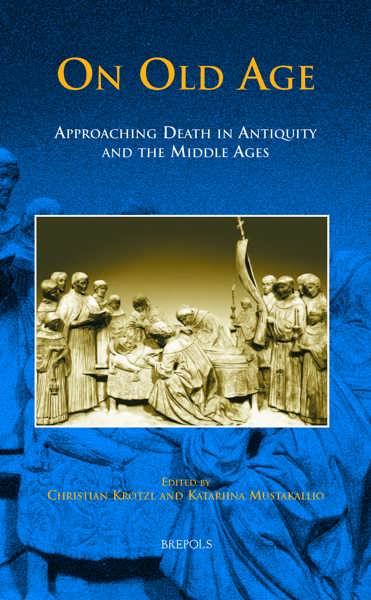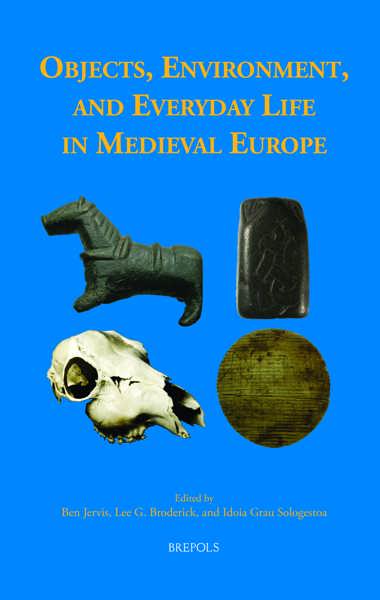
The Rural World in the Sixteenth Century
Exploring the Archaeology of Innovation in Europe
Idoia Grau Sologestoa, Umberto Albarella (eds)
- Pages: 225 p.
- Size:156 x 234 mm
- Illustrations:59 b/w, 17 col., 23 tables b/w.
- Language(s):English
- Publication Year:2022
- € 65,00 EXCL. VAT RETAIL PRICE
- ISBN: 978-2-503-59705-8
- Hardback
- Available
- € 65,00 EXCL. VAT RETAIL PRICE
- ISBN: 978-2-503-59706-5
- E-book
- Available
This volume represents the first attempt to review the archaeology of changes that occurred in the rural world during the transition between the Middle Ages and the Modern Era.
“This volume should be a valuable resource to historians and archeologists alike. The articles are all clearly written and accessible, which is particularly impressive given that the authors come from all over Europe.” (Marc Forster, in Sehepunkte, 23/1, 2023)
“(…) the collection as a whole clearly demonstrates the value of an inter-regional and multi-disciplinary approach for understanding variability in measures of innovation and change.” (ALEKS PLUSKOWSKI, in Medieval Archaeology, 67/1, 2023, p. 248)
"...This is a volume of impressive case studies. They remind us of how even small and elusive bodies of data--both in written or physical form--can be woven into a pattern that is consonant with and enriches and amplifies more general statements of the topic. That the team of authors is such a wide-spread one, covering various academic fields of expertise to elucidate aspects of a large and general question, is testimony to how common problems can lead us to cross disciplines as well as those boundaries of time and of geography." (Joel T. Rosenthal, in The Medieval Review, October 2025)
Idoia Grau Sologestoa is a zooarchaeologist working at the University of Basel, predominantly on human-animal relationships during historical time periods in Europe. She has wide research interests that include animal husbandry, diet, biometry and statistics.
Umberto Albarella is Professor in Zooarchaeology at the University of Sheffield. His research is wide-ranging, including animal domestication and husbandry intensification, ethnoarchaeology, ritual use of animals, husbandry evidence of Romanization, animals and medieval life, and archaeology and politics.
The sixteenth century in Europe was a time of profound change, the threshold between the ‘medieval’ and the ‘modern’, as new technologies were introduced, distant lands explored, oceanic trade routes opened, and innovative ideas pursued in fields as varied as politics, science, philosophy, law, and religion. But sweeping transformations also occurred in the rural world, profoundly altering the countryside in both appearance and practices. Crucially for historians, there is abundant documentary evidence for these changes but, while they are less well-documented, their impact can also be traced archaeologically.
This cutting-edge volume is the first to explore the archaeology of the rural world across the ‘long’ sixteenth century and to investigate the changing innovations that were seen in landscape, technology, agriculture, and husbandry during this period. Drawing together contributions from across Europe, and from a range of archaeological disciplines, including zooarchaeology, archaeobotany, landscape archaeology, material culture studies, and technology, this collection of essays sheds new light on a key period of innovation that was a significant precursor to modern economies and societies.
Introduction: The Rural World in the 16th Century — IDOIA GRAU-SOLOGESTOA AND UMBERTO ALBARELLA
Changes in Rural Milieu and Land Use on Estates in Southern Bohemia during the 16th Century — LADISLAV ČAPEK
Landscape and Settlement Evolution during the 16th Century. A Multidisciplinary Study of Two Mountain Areas (Eastern France) — VALENTIN CHEVASSU, EMILIE GAUTHIER, PIERRE NOUVEL, VINCENT BICHET, HERVÉ RICHARD AND ISABELLE JOUFFROY-BAPICOT
Impact of Subsistence on Medieval and Early Modern History Land Use in the Bohemian-Moravian Highlands — JANA MAZÁČKOVÁ AND PETR ŽAŽA
Livestock Improvement and Landscape Enclosure in Late and Post-Medieval Buckinghamshire, England — TAMSYN FRASER
Improvements in Animal Husbandry between the End of the Middle Ages and the Early Modern Era in England and the Basque Country: A Zooarchaeological Comparison — IDOIA GRAU-SOLOGESTOA AND UMBERTO ALBARELLA
Innovation: Turning Something Old into Something New. Vicia faba var. major — ANNA MARIA GRASSO, SILVIA D’AQUINO, ELIGIO VACCA, MARCO NICOLI, MILENA PRIMAVERA, GIROLAMO FIORENTINO
Changes in Rural Textile Craft in 16th–17th Century in the Eastern Baltic Region (Estonian Example) — RIINA RAMMO
Iron and Steel Implements – Increased Diversification during the Early Modern Era in Sweden — CATARINA KARLSSON
